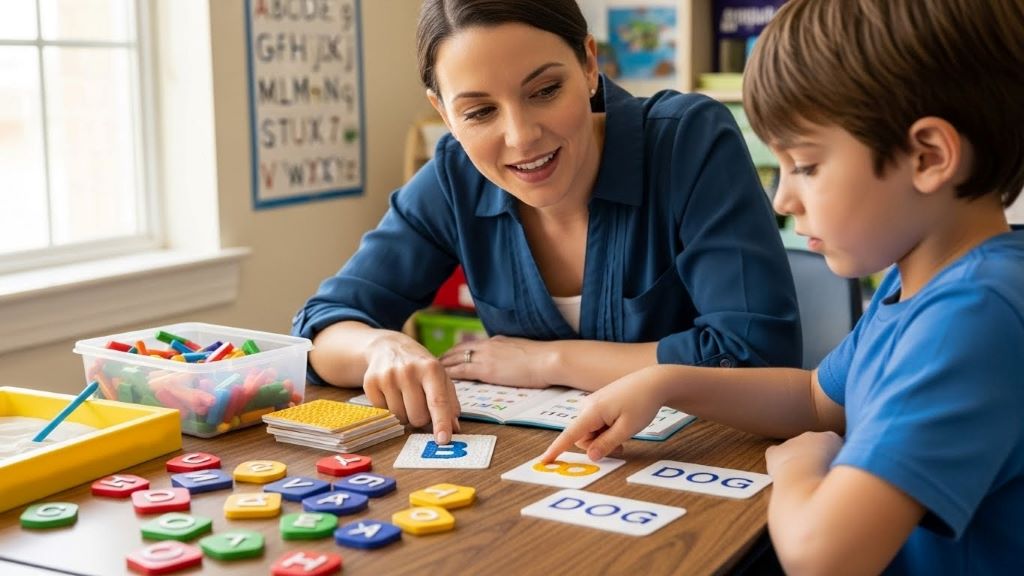Regardless of the methodology you use, your way of teaching, the type of students that make up your classroom environment, the level of education or the subject you teach, the organizationof time is essential to achieve effective learning and achieve the objectives you pursue . Sometimes, the speed of day to day in the classroom and the demands of the curriculum leave no room for reflection or preparation. Which ultimately ends up worsening the results and slowing down your progress and that of your students. We encourage you to stop for a moment in the daily routine. And we give you some simple tips so that you organize the school time and get the most out of your classes.
SIX STRATEGIES TO TAKE ADVANTAGE OF THE CLASSROOM ENVIRONMENT

- Establish objectives, goals and times. Just as you recommend them to your students when you teach them study techniques. You should also draw up your own plan of work in the classroom environment and your programming, avoiding limiting yourself to advance in the syllabus. And in the subjects you teach as quickly as possible.
- To do this, select which are the objectives and goals in the short, medium and long term and establish how you will achieve them and a time to achieve it. In this way you will always be clear about what you want to achieve. And, consequently, you will be able to develop the necessary strategies to carry it out. Here and here are some ideas and models to plan the class.
- Decide first on methodologies and forms of work. The organization of time in class will depend not only on what you want to achieve but also on the way you work. The approach of a session varies. If you are going to apply the reverse pedagogy or flipped classroom environment, work by projects or cooperative learning.
- Or if you are going to develop a traditional masterful explanation. Have the methodology always present to schedule times in the classroom and get the most out of them.
- Give priority to the most important. It is the easiest advice but sometimes we forget about it. The most important thing is the essential: what your students have to master a subject. Or subject. That activity you want to do at all costs to learn in an active and practical way. Or that skill you want to work with your students.
- The important thing, as Santiago Moll explains in this blog post, should not be confused with the urgent. Nor is it the most difficult or the easiest. It is not necessary that you cover every minimum part of the agenda or that you do it as it is stated in the book or the materials. Stop to think and decide what is the fundamental thing that you want to transmit.
- Solve doubts and errors as soon as possible. One of your essential priorities in the classroom environment must always be to prevent your students from remaining in doubt. Or asserting erroneous knowledge. This will prevent the problem from dragging and contribute to slow down your classes later.
- Therefore, establish a time to solve what your students have not understood or have not been able to solve by themselves. It is not necessary that you be the one to solve it; In fact, it is advisable that you encourage other students to give the answer. Or contribute their experience, or you can also try to find out by researching and looking for information. This will teach them to learn to learn and you will also detect if there are problems of generalized comprehension or difficulties in some students.
- Involve your students in the organization of the class. The involvement of students in the class plan is important so that it develops more smoothly. And in accordance with your objectives. Tell them how the session will work, let them know how much time they have to complete a task and announce the next step or activity before starting with it.
- In this way you will be showing them the advantages of a good organization and you will accustom them to an order that they will internalize. They will become routine and, in many cases. They will apply without needing you to remind them constantly, a time that you will have already won.
- Allows some flexibility. Even taking into account all the previous tips, there are always exceptions. And moments in which you can and must break the structure and the self-imposed rules. The schedule and the organization are an important reference for the teacher. And it is essential that they exist, but they do not have to be immovable or presented as obligatory and fixed for the students.
- You can redistribute the time according to the needs of your students at a certain time, to attend to the diversity of the classroom environment or depending on the topic you are going to deal with. When you detect that it is necessary. Listen to your students, pay attention to their reactions and their approach to the lesson or activities. And redirect the class accordingly.


